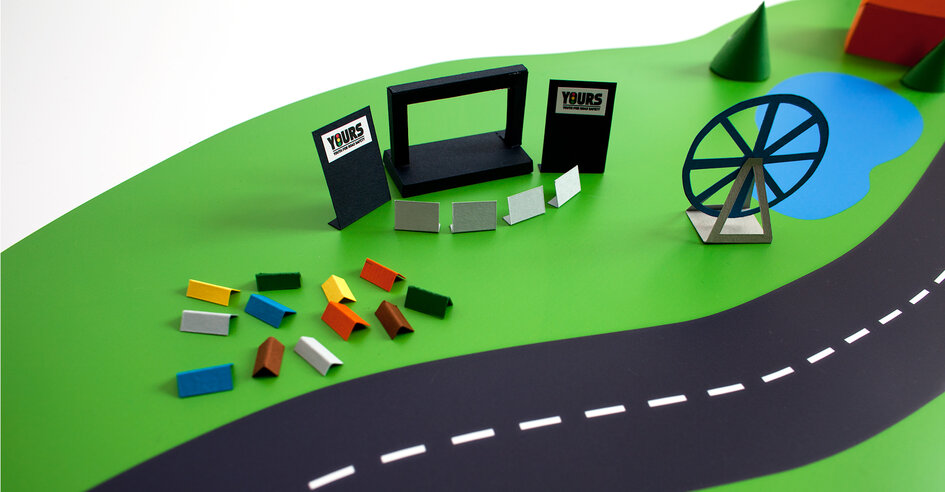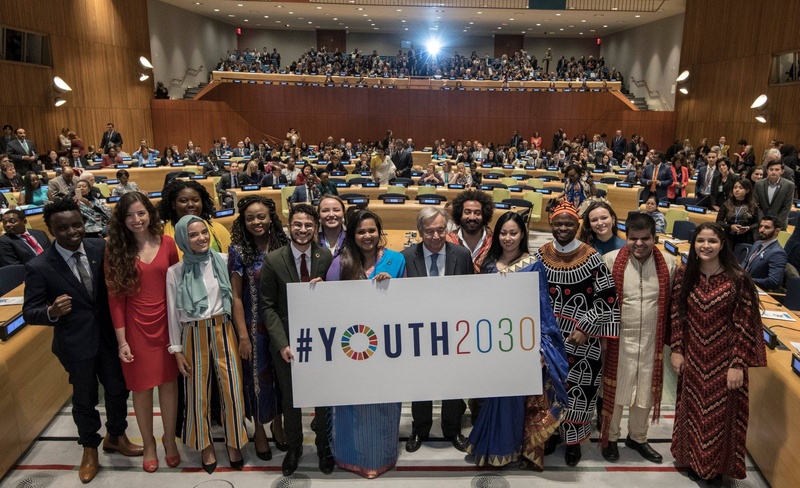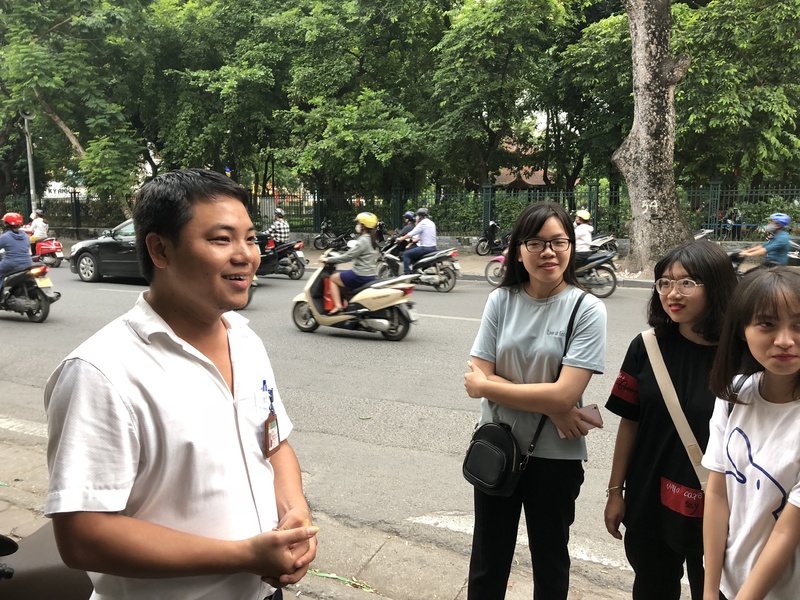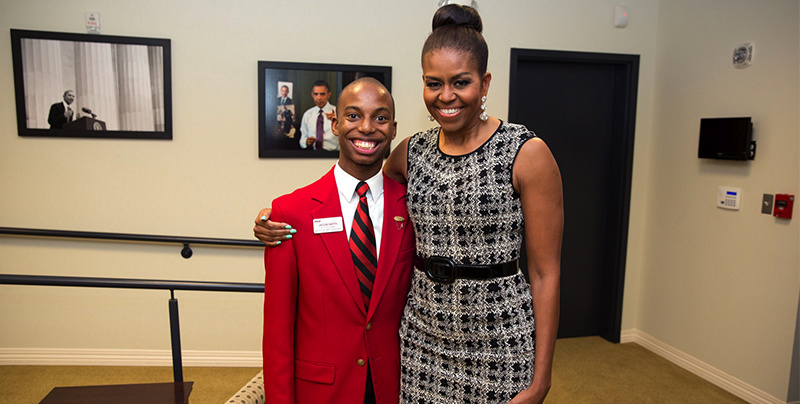
Youth will have their say at panel discussion – Malta road safety event
Next month, we will be running a special panel session entitled, “Youth have their say” as part of The World Day of Remembrance for Road Traffic Victims 2018 conference in Malta. The event is themed around “Roads with stories”, and is being organized by the World Health Organization in Malta. As part of the day, the panel discussion will bring together a range of youth voices and has been organized in collaboration between the Malta Medical Students Association and YOURS.
The World Health Organization (WHO) in collaboration with the Ministry for Health Malta, UNECE, FEVR (European Federation of Road Traffic Victims), Youth for Road Safety (YOURS) and the Tara Malou Licari Road Safety Fund, will host an international conference in Malta to mark the World Day of Remembrance for Road Traffic Victims 2018 on Monday 19 November.
 The conference is part of a series of international events to commemorate the World Day of remembrance around the world. The conference is being organized within the framework of the Biennial Collaborative Agreement (BCA) between WHO Regional Office for Europe and the Ministry of Health of Malta for 2018–2019. It also links to the Country Cooperation Strategy (CCS) between Malta and the WHO Regional Office for Europe for the period 2016-2021.
The conference is part of a series of international events to commemorate the World Day of remembrance around the world. The conference is being organized within the framework of the Biennial Collaborative Agreement (BCA) between WHO Regional Office for Europe and the Ministry of Health of Malta for 2018–2019. It also links to the Country Cooperation Strategy (CCS) between Malta and the WHO Regional Office for Europe for the period 2016-2021.
The WHO Regional Office for Europe, along with national stakeholders including government, nongovernmental organizations, foundations, civil society and youth are invited to this one day conference in Valletta, Malta. They will join the global effort for road safety which involves stakeholders from more than 100 countries to commemorate the World Day of Remembrance for Road Traffic Victims, 2018. This year, the World Day of Remembrance focuses on the concept that roads are more than connections from point A to point B.
They have stories to tell, some of them tragic and worth remembering because they have lessons to share which can lead to improvements in road safety. The UN Decade of Action for Road Safety 2011-2020 is also aligned with the 2030 Agenda for Sustainable Development (SDG) and Sustainable Development Goal 3.6, which includes a target to reduce road traffic injury deaths by 50% by 2020.
Road traffic injuries are the leading killer among young people, with alcohol being a major risk factor for road traffic accidents in the WHO European Region. The United Nations Decade of Action of Road Safety and the associated United Nations resolution also recognize driving under the influence of alcohol as a key risk factor leading to death and disability on the roads. The work on improving road safety should not only be measured by counting road deaths but also the number of serious injuries. For every road traffic accident – both fatal and non-fatal – there are the untold human stories of devastation caused to the victims, their families, friends and the communities. Of particular concern is the number of fatalities and serious injuries among vulnerable road users including pedestrians, cyclists and motorcyclists. In Malta, over 50% of road traffic fatalities are vulnerable road users. A personal connection to these numbers and the heartbreaking stories behind them is the reason why urgent action is needed if the SDG target is to be achieved.
Considering that road traffic injuries are preventable and the rapid motorization witnessed in the island, Malta recognizes the importance of stepping up in prevention efforts to reduce road traffic crashes. While effective interventions are available, their successful implementation requires sustained political will, financial commitment and even stronger intersectoral collaboration.

We will be leading the youth panel discussion to draw attention to the incredible work that young people can undertake globally.
Chair/moderator:
- Joao Breda, WHO (tbc); Floor Lieshout Executive Director, Youth for Road Safety (YOURS)
Panelists:
- Alex Esposito,Malta Medical Students Association (MMSA)
- Rebecca Ashton, Campaigns & Media Manager .FIA Foundation
- Priscilla Le Lièvre, Project Officer, European Transport Safety Council
- Jacob Smith, Global Road Safety Activist
- Michael Piccinino, President, Maltese National Youth Council (KNŻ)
The session focuses on how young people around the world have already taken action for road safety to ensure their peers can be safer on the road, both as safe road users and beneficiaries of a safe system.
More details about the event will be highlighted on our Twitter account where you can expect live tweets from the event.











 Starting safety initiatives near schools and in places where youth often walk and bike, first and foremost creates a safer environment for children. In addition, prioritizing the needs of child pedestrians and bicyclists can form an integral piece of a plan to meet larger safety goals. Safety measures targeted at protecting youth, whether in controlling speed, creating safer, improved walking and biking facilities, or in changing behaviors, have broader effects that benefit entire communities. Based on our experience serving as the SRTS clearinghouse for the Federal SRTS Program for eleven years, we have learned that starting where youth walk and bike offers five ways to integrate into broader safety initiatives such as Vision Zero plans.
Starting safety initiatives near schools and in places where youth often walk and bike, first and foremost creates a safer environment for children. In addition, prioritizing the needs of child pedestrians and bicyclists can form an integral piece of a plan to meet larger safety goals. Safety measures targeted at protecting youth, whether in controlling speed, creating safer, improved walking and biking facilities, or in changing behaviors, have broader effects that benefit entire communities. Based on our experience serving as the SRTS clearinghouse for the Federal SRTS Program for eleven years, we have learned that starting where youth walk and bike offers five ways to integrate into broader safety initiatives such as Vision Zero plans.
